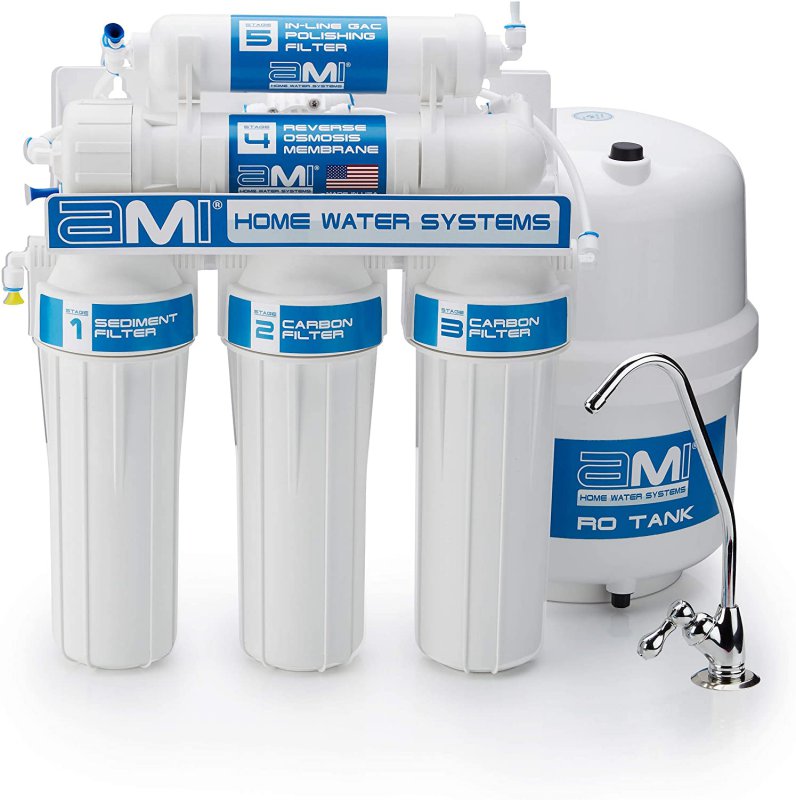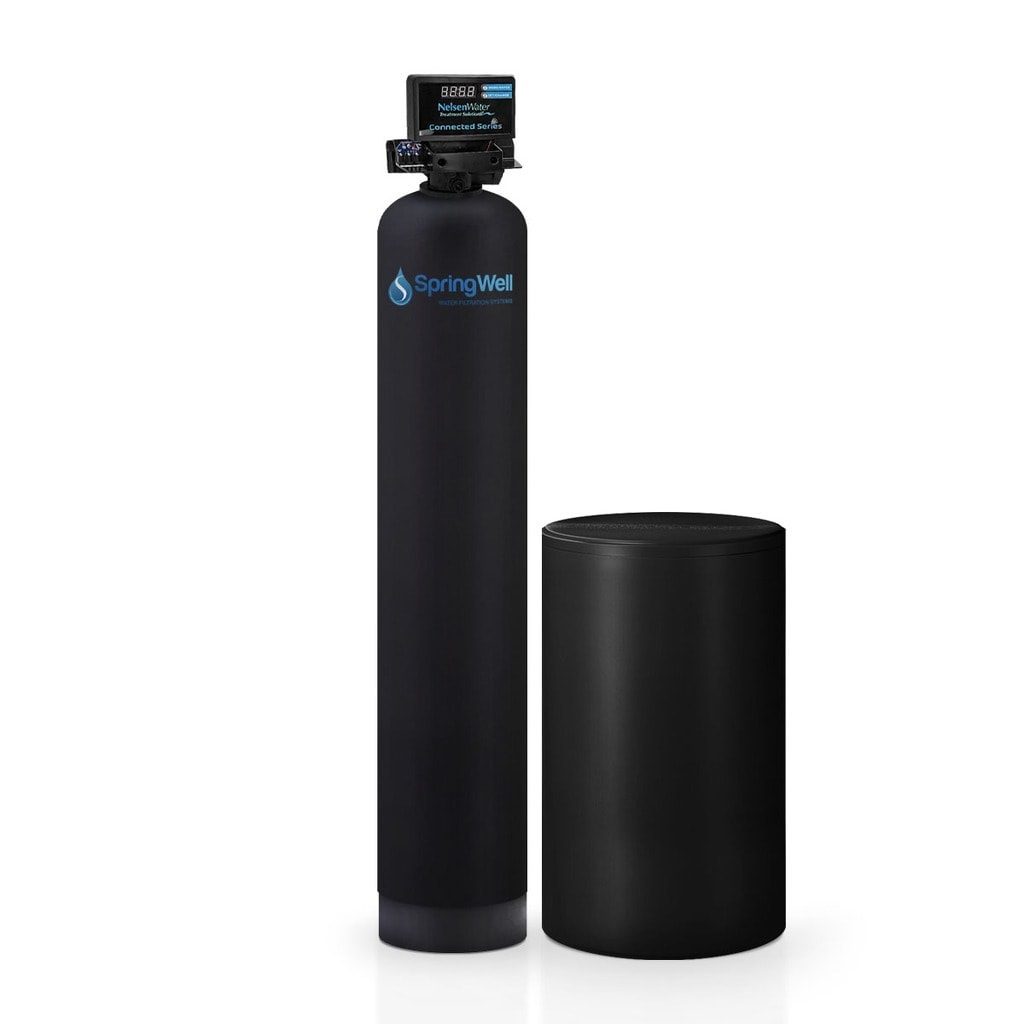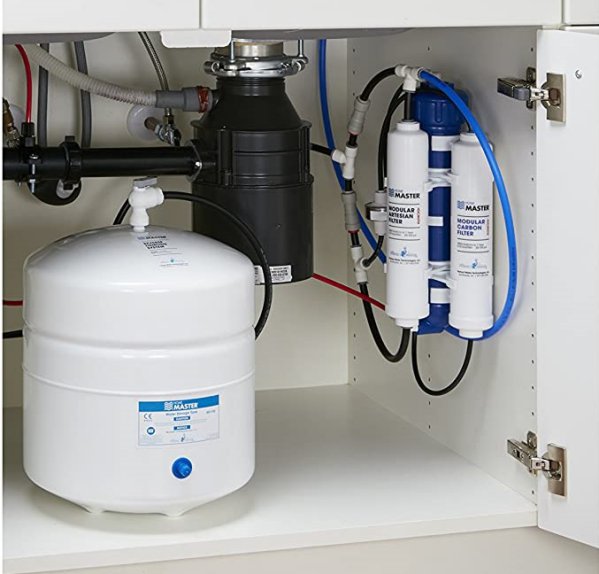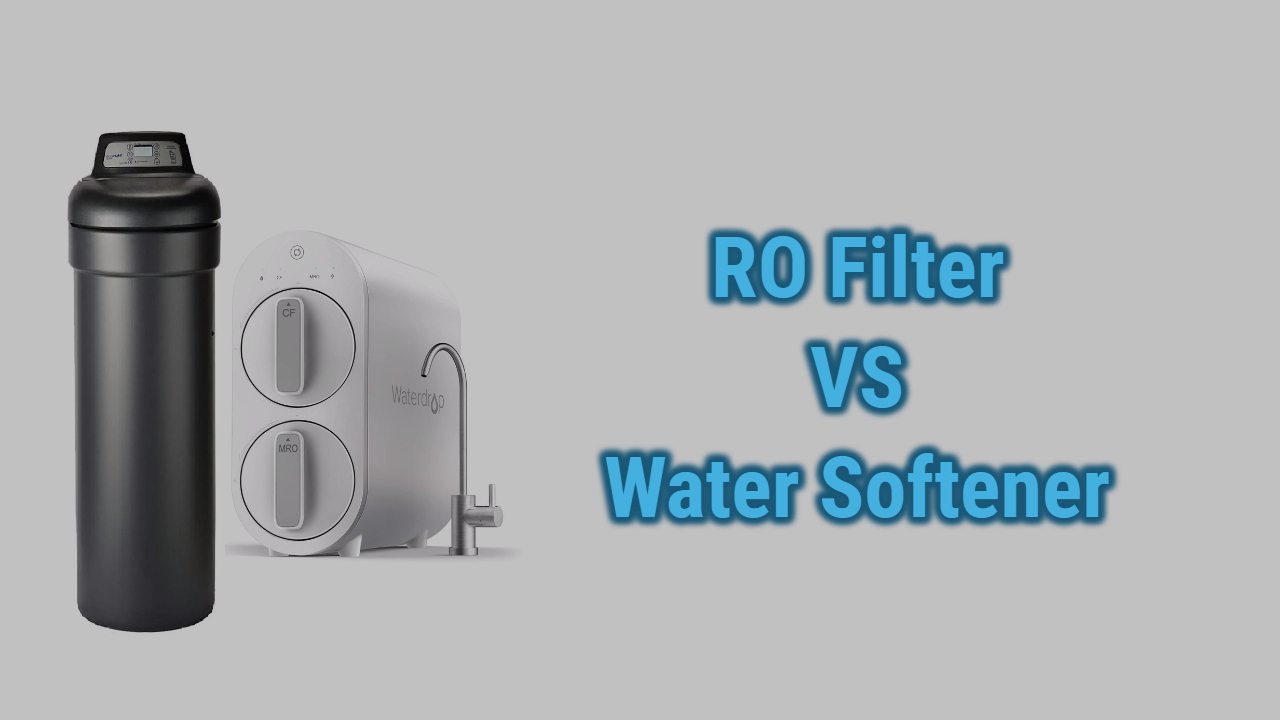The water that comes out of your faucet is definitely not clean and has numerous contaminants and hard minerals. If you are here on this page, you must be thinking about eradicating these contaminants and minerals from the water. Now it is necessary to understand the difference between these contaminants and minerals.
The contaminants in the water can include soil, rust, chlorine, other chemicals like nitrogen, chlorine, bleach, pesticides, biological organisms, and other radiological substances. Some of these contaminants, if consumed regularly, can be hazardous to the health.
Now, if we come to defining minerals, it comes from the natural reservoir of the earth. Some of these minerals are good for your health, but those minerals can be hazardous for your health if consumed in a higher amount. These minerals include Calcium, Magnesium, Sodium, Potassium, and many more minerals found inside or above the earth.
Coming back to the main question, the Reverse Osmosis system will remove the contaminants from the water, and the water softeners will eliminate the minerals to make the water soft.
Let us learn more in detail about RO systems and water softeners.
Table of Contents
What is the Reverse Osmosis System?

The Reverse Osmosis systems are basically installed under the sink or for the whole house in some cases. Reverse Osmosis systems are used to make the water purest as possible by removing any foreign contaminants and solids larger than water molecules. In RO filtration, the water is passed through a semipermeable membrane. For filtration, the water flows from the high concentrated side to the less concentrated side. The water that comes cleaned from the other side is called permeate.
One thing about Reverse Osmosis systems is that it creates a lot of wastewater. In the Reverse Osmosis system, the semipermeable membrane has really small pores that stop the contaminants that are larger than the water molecules from going further. The RO systems that you can purchase comes in different stages of 2 to 5 stages of filtration.
These different filters can be for removing sediments, smell, or any odor from the water. But if you are thinking of removing minerals from the water, the RO will not remove them.
What is a Water Softener System?

A water softener system is a filtration system that removes minerals that causes the water to be hard. When the water flows through the softener, it stops all the minerals from going further and coming out of your tap while making the water completely soft. The main purpose of the water softener is to remove the hardness of the water. You must be wondering what do we mean by the hardness of the water.
The minerals like sodium, calcium, and magnesium can bond easily with the other contaminant and damage your appliances, skin, or even your plumbing lines.
The process of softening is done by the ion exchange process with the minerals, resins, or salt in the softener, and because of that, the minerals from the water attach themselves with the resins of the system. After that, the water that comes out of the system has a minimal amount of minerals or no minerals at all.
The Difference between RO System and Water Softener System
The most important difference between Reverse Osmosis System and the Water softener system is that the RO system does the filtration process and removes the contaminants from the water, whereas the water softener makes the hard water soft by removing the minerals from the water.
To make it easier for you to understand, we have prepared this table given below,
| Difference | Reverse Osmosis System | Water Softener |
|---|---|---|
| Water Taste | The reverse Osmosis System removes any bad taste or smells from the water making it perfectly tasting crisp water. | Water softeners only remove the minerals of the water, which only makes slight changes in the taste of |
| Removal of contaminants | Most Reverse Osmosis systems remove 99.99% of the contaminants from the water. | Water does not remove contaminants from the water. |
| Removal of minerals | Reverse Osmosis removes only a few minerals from the water like iron and manganese. | Water Softeners remove almost all the minerals from the water. |
| Efficiency | If you are just looking for efficient purification, you can get an RO system. | Water softeners are most efficient in removing the minerals from the water. |
| Maintenance | The Reverse Osmosis system requires maintenance and frequent filter cartridges are required every few months. | -Water softeners do not require extensive maintenance like the RO systems, but you will need to replace the resins or salt after a certain period of time. This will entirely depend on the size and capacity of the system you get. -Water softeners will require backwashing after every few weeks or months depending upon the capacity and minerals in the water. |
| Cost | -The Whole house Reverse Osmosis system will cost you something between $3,000 to $18,000. -The cartridges for the filters will cost you something between $150 to $1500 or more. | -The water softeners cost you something between $500 to $6000. -With water softeners, you will require to replace the salt or resins after certain months. Once you install the water softener, you do not require to spend much amount on it. |
Benefits of using Reverse Osmosis system
- Better tasting crisp water
- Contaminants free bottled water
- Softens water at a certain level by removing sodium and manganese
- Chemical-free, highly purified water
- Fewer clogs in the pipes
- Crystal clear water and ice cubes
- Environment friendly
Benefits of Water Softener System
- Cleaner utensils
- Softer hair and skin
- Say goodbye to the scaling
- Better laundry
- Longer lifespan of the appliances that use water
- Shampoo and soaps last longer
- Low maintenance
Can I get a Reverse Osmosis System and a Water Softener System in one?

Yes, you can get a Reverse Osmosis System and a water softener system in your house simultaneously. You will receive highly purified water that tastes amazing and without any minerals. Usually, when you want to install both of these systems in your house, make sure that the water will first pass through the RO system that will remove all the large sediments, and the carbon block will remove any bad odor or taste from the water.
After that, the water is passed through a permeate membrane that removes all the remaining contaminants larger than the water molecules.
Suppose you have a water softener installed in your house. The water that comes out of the Reverse Osmosis system will go through the softening system in which the minerals that make the water hard will be removed to deliver highly purified soft water in every tap of your house.
Consumers who want highly purified water for drinking, bathing, or cooking can always get a combined system of Reverse Osmosis and water softeners.
If you do not want to go through the trouble of adding salt to the softener system every time then you can choose the salt-free water softeners.
Conclusion
There are many contaminants and minerals in the water that we use daily. People who are conscious about the water they consume will always look for ways to remove these contaminants from the water. Now there are three good options for you.
You can get a Reverse Osmosis system that will remove 99.99% of the contaminants residing in the water. You can even install a water softener with your reverse system to remove all the minerals. Even though Reverse Osmosis removes certain minerals from the water, the combination of these both will deliver you the best quality water.
